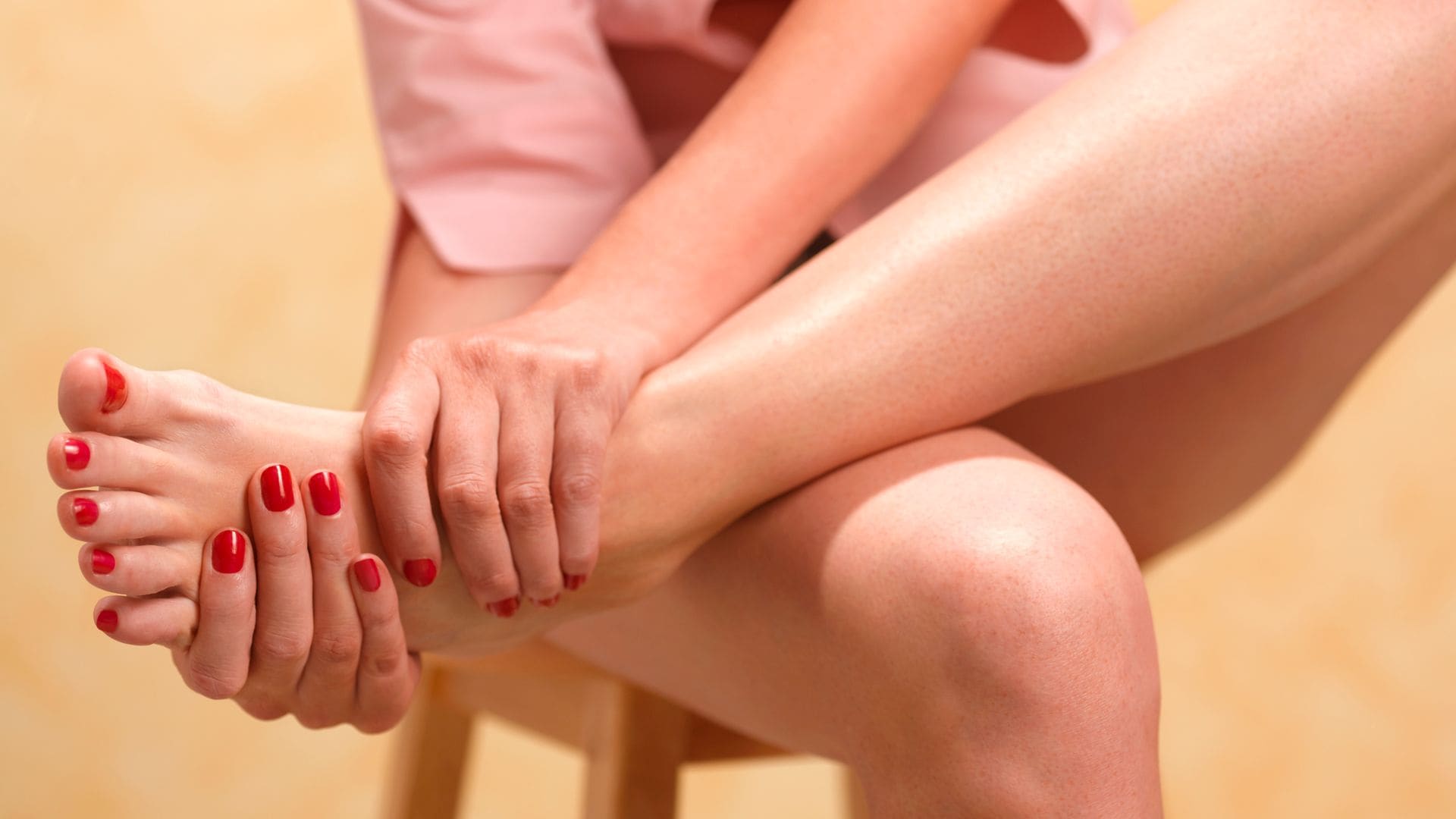Pregnancy comes with a long list of expected body changes, including a growing belly and unpredictable cravings, but one change that often catches women off guard? Their feet. Many moms-to-be suddenly find their shoes don't fit, their arches ache, or their ankles seem to vanish by the end of the day. Surprise! Pregnancy can completely transform your feet.
The changes aren't just about swelling. Your foot shape, size, and even how you walk can shift during pregnancy, thanks to a perfect storm of hormones, extra weight, and fluid retention. And in some cases, these changes stick around long after delivery, meaning your favorite pre-pregnancy sneakers might be permanently retired.
But before you panic (or toss your entire shoe rack), here's the good news: you're not alone, and there's a lot you can do to support your feet through all three trimesters and beyond. From why these changes happen to how to handle them, let's explore what your feet are really going through and how you can stay one step ahead.
What Happens to Your Feet During Pregnancy?
Let's start with the basics. There are several reasons your feet may start acting up during pregnancy, most of which are normal. Dr. Cynthia Rios, OBGYN at Houston Methodist Sugar Land, told HOLA!: "In the United States, foot health is often considered a culturally sensitive or taboo topic. Additionally, phrases like 'barefoot and pregnant' have historically been used in a derogatory manner. However, changes in foot structure are a natural consequence of pregnancy and deserve more attention. I believe that improved collaboration among healthcare providers—including OB-GYNs, podiatrists, and physical therapists—can significantly enhance patient outcomes."
Swelling (a.k.a. Edema)
This is the big one. As your pregnancy progresses, your body retains more fluid. Combine that with increased blood volume and pressure from your growing uterus on your veins, and the result is swollen feet and ankles, especially later in the day or after standing for long periods.
Arch Flattening
Dr. Rios said that thanks to the hormone relaxin, your ligaments start to loosen to prepare your body for childbirth. This doesn't just happen around your pelvis; it also affects the ligaments in your feet. Looser ligaments mean your arches can collapse slightly, causing your feet to appear longer and wider.
Increased Foot Size
For some women, this arch flattening leads to a permanent change in shoe size. It's not uncommon to go up half a size or even a full size during and after pregnancy, especially after the first baby.
Overpronation
With the arches flattening and extra weight on your frame, your feet may roll inward more than usual when you walk. If left unaddressed, this overpronation can lead to heel pain, shin splints, and even back or knee pain.
Cramps and Pain
Leg and foot cramps, especially at night, are common. Combine that with possible weight gain and shifting posture; your feet will work overtime to support you.
When Do These Changes Start?
Foot changes can start as early as the second trimester but tend to be most noticeable in the third trimester. For many women, swelling kicks in around week 22 and intensifies. Others may not notice significant changes until the final stretch.
Are the Changes Permanent?
In some cases, yes. The swelling usually goes away a few weeks after delivery, but foot size and arch changes may stick around, especially if the connective tissue has stretched out permanently.
If you're planning multiple pregnancies, expect the changes to accumulate. It's not uncommon for a woman to notice more significant foot changes after a second or third baby.
How to Take Care of Your Feet During Pregnancy
You're growing a human, and your feet are carrying the load. Show them love by choosing comfortable shoes, and consider getting arch support. "Pregnant and postpartum women should choose shoes without heels that provide good arch support and are made of breathable materials. Interestingly, in the past, most shoes were made of leather, which does not stretch. As a result, women often could not wear shoes during the later stages of pregnancy and had to go barefoot because their shoes would no longer fit," Dr. Rios added. "Avoid standing for long periods of time (greater than 4 hours), no heels, using shoes with good arch support and limiting weight gain to the amount recommended by your doctor," said the expert.
Staying active with low-impact activities like walking, swimming, and prenatal yoga helps maintain circulation and can reduce swelling. Elevate your feet whenever possible and drink plenty of water to minimize fluid retention, which is beneficial for both you and your baby. Compression socks can also improve blood flow and decrease swelling, especially if you're often on your feet.
Don't underestimate the power of foot massages. Whether from your partner or a prenatal massage therapist, a good foot massage can relieve soreness, reduce fluid buildup, and feel amazing.
When to See a Doctor
While most foot changes are normal, some signs should prompt a call to your healthcare provider:
- Sudden or severe swelling, especially if it's only in one leg
- Swelling accompanied by high blood pressure, headache, or vision changes (possible signs of preeclampsia)
- Persistent foot or leg pain
- Never hesitate to get something checked out. Your comfort and safety matter
Foot changes during pregnancy are incredibly common, but they don't have to derail your day. You can keep your feet happy and functional throughout pregnancy and beyond with the right shoes, a little self-care, and some proactive TLC.
Modern Mami is a parenting and lifestyle column by ¡HOLA! Senior Writer Shirley Gómez, a Latina millennial mom raising a toddler. Focused on the realities of modern motherhood through a Latina lens, the column covers topics ranging from wellness and culture to parenting tips and expert advice.
